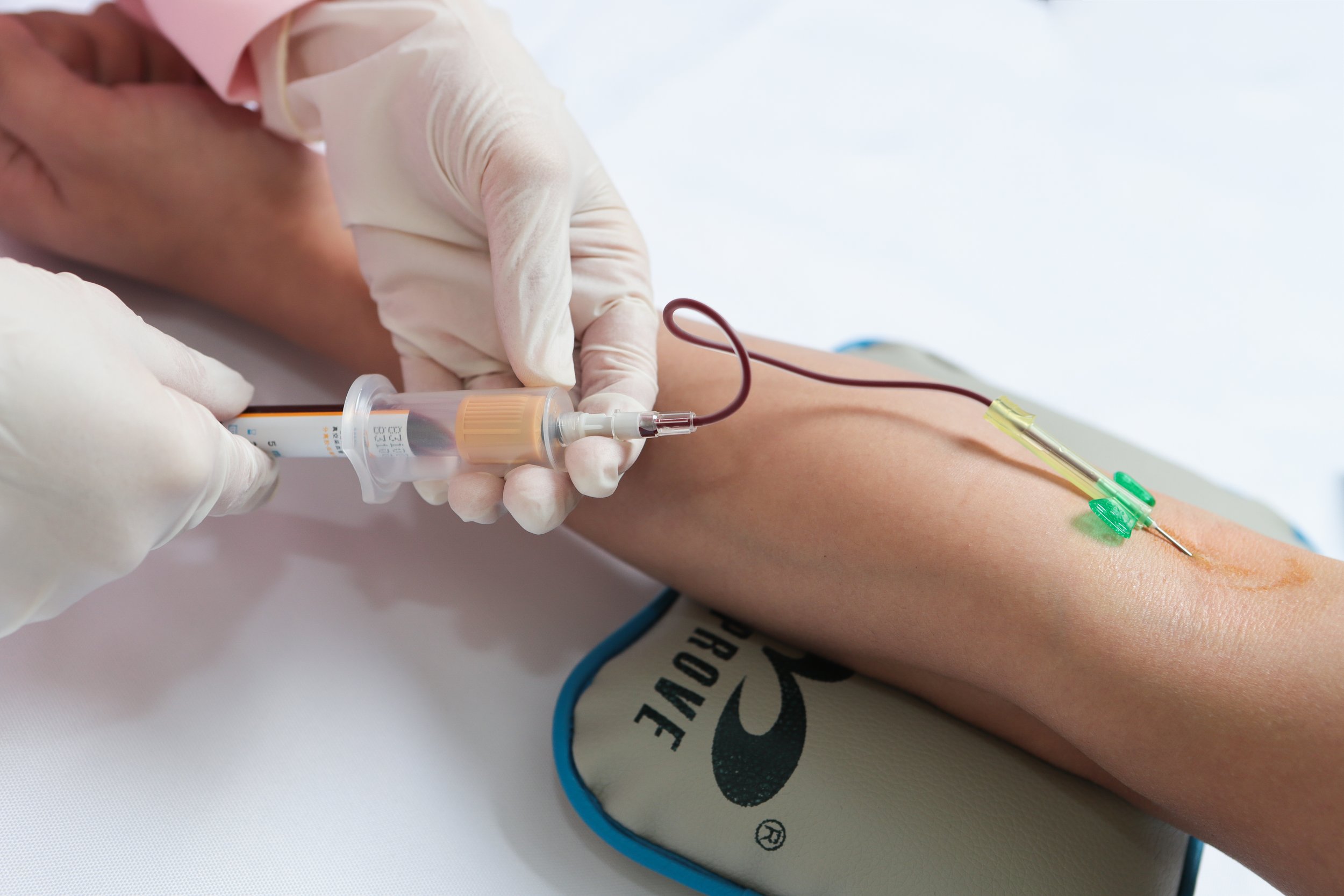Regulation and Quality Control in Medical Lab and Phlebotomy Practices
Summary
- Chinese OEM medical devices are subject to the same Quality Standards and Regulations as those manufactured in the United States.
- The FDA regulates medical devices in the United States to ensure safety and effectiveness for patients.
- Quality Control and regulation processes are in place to maintain the integrity of medical lab and phlebotomy practices in the United States.
The Role of Medical Lab and Phlebotomy in Healthcare
Medical laboratories play a crucial role in the healthcare industry by providing valuable information for diagnostic and treatment purposes. These labs are responsible for analyzing samples such as blood, urine, and tissue to help Healthcare Providers make informed decisions about their patients' health. Phlebotomists, on the other hand, are trained professionals who specialize in drawing blood from patients for testing and transfusions.
Accurate and timely Test Results from medical labs are essential for detecting and diagnosing various medical conditions, monitoring the effectiveness of treatments, and preventing diseases. Phlebotomists ensure the safety and comfort of patients while collecting blood samples for analysis.
Regulation of Medical Devices in the United States
The Food and Drug Administration (FDA) is the regulatory body responsible for overseeing medical devices in the United States. The FDA ensures that medical devices, including those manufactured by Chinese original equipment manufacturers (OEMs), meet safety and effectiveness standards before they are marketed and sold to healthcare facilities.
FDA Regulations for Medical Devices
- Classifying medical devices based on their intended use and level of risk.
- Establishing Quality Control processes for manufacturing medical devices.
- Requiring premarket approval or clearance before marketing medical devices.
- Monitoring and regulating medical devices post-market to ensure continued safety and effectiveness.
Importance of FDA Regulations
- Protecting patients from potentially harmful or ineffective medical devices.
- Promoting innovation and quality in the medical device industry.
- Ensuring consistency and reliability in medical lab and phlebotomy practices.
Quality Control in Medical Lab and Phlebotomy Practices
Quality Control is an essential component of medical lab and phlebotomy practices to ensure accurate and reliable Test Results for patients. Quality Control measures help Healthcare Providers make informed decisions about patient care and treatment based on reliable data.
Key Aspects of Quality Control
- Proper training and certification for lab technicians and phlebotomists.
- Regular calibration and maintenance of equipment and instruments.
- Adherence to standardized protocols and procedures for sample collection and analysis.
- Documentation and record-keeping of Test Results and patient information.
Benefits of Quality Control
- Enhancing the accuracy and reliability of Test Results for patient diagnosis and treatment.
- Preventing errors and ensuring patient safety in medical lab and phlebotomy practices.
- Building trust and confidence among Healthcare Providers and patients in the quality of care provided.
Conclusion
Chinese OEM medical devices are subject to the same Quality Standards and Regulations as those manufactured in the United States. The FDA plays a vital role in regulating medical devices to ensure safety and effectiveness for patients. Quality Control processes are in place to maintain the integrity of medical lab and phlebotomy practices in the United States, ultimately benefiting patients and Healthcare Providers alike.

Disclaimer: The content provided on this blog is for informational purposes only, reflecting the personal opinions and insights of the author(s) on the topics. The information provided should not be used for diagnosing or treating a health problem or disease, and those seeking personal medical advice should consult with a licensed physician. Always seek the advice of your doctor or other qualified health provider regarding a medical condition. Never disregard professional medical advice or delay in seeking it because of something you have read on this website. If you think you may have a medical emergency, call 911 or go to the nearest emergency room immediately. No physician-patient relationship is created by this web site or its use. No contributors to this web site make any representations, express or implied, with respect to the information provided herein or to its use. While we strive to share accurate and up-to-date information, we cannot guarantee the completeness, reliability, or accuracy of the content. The blog may also include links to external websites and resources for the convenience of our readers. Please note that linking to other sites does not imply endorsement of their content, practices, or services by us. Readers should use their discretion and judgment while exploring any external links and resources mentioned on this blog.
